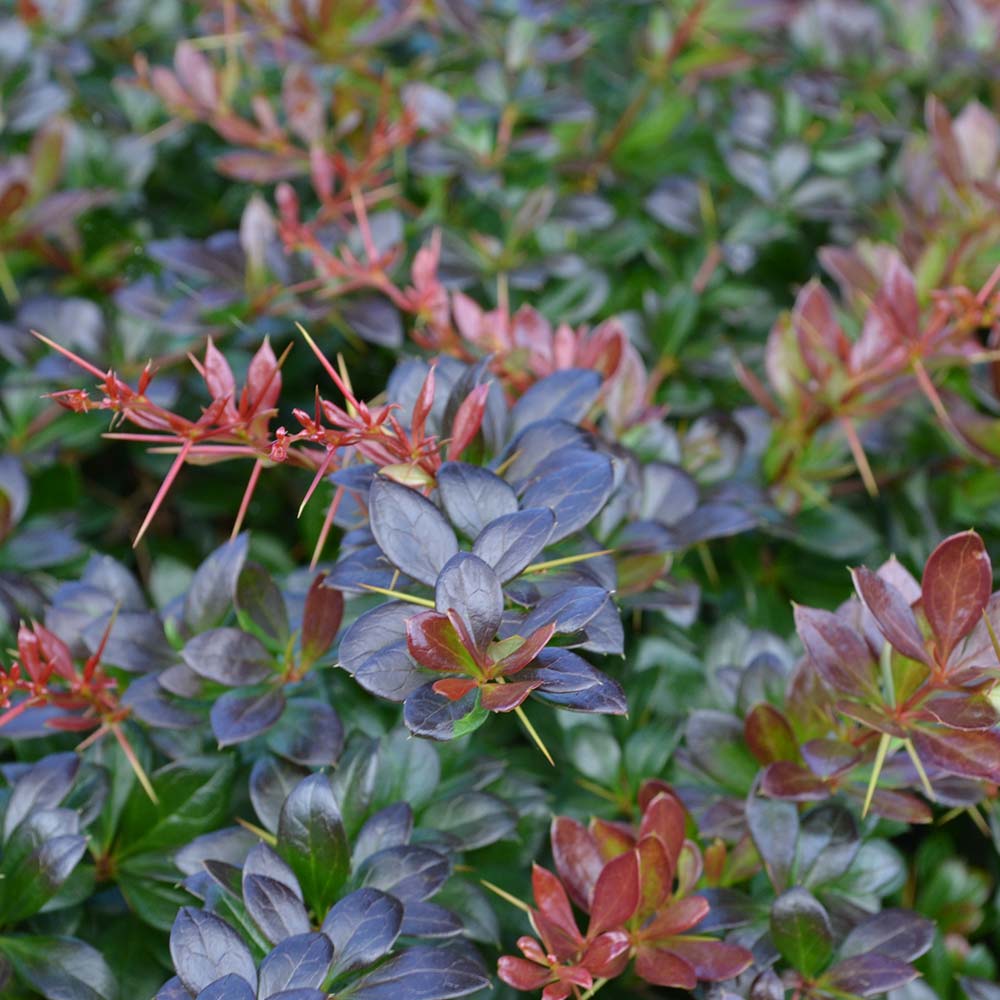Description
Berberis, which are commonly known as Barberry. The two most common species planted in gardens are Berberis thunbergii, noted for their small size, beautiful autumn foliage and striking red fruits and Berberis darwinii, named for the famous naturalist with it’s upright habit and evergreen nature. Great for attracting birds and low hedging in a border.
Key Facts
- Common Name(s):Barberry ‘Red Jewel’
- Hardiness:Fully hardy through most of the UK
- How big will I get? Berberis x media ‘Red Jewel’ can grow to a height of 1.5m and a spread of 1.5m.
- Did You Know That:Many species of Berberis have spines all the way along their branches?
Plant Calendar
A rough guide to how this plant will change through the year.
| Jan | Feb | Mar | Apr | May | June | July | Aug | Sept | Oct | Nov | Dec | |
| Flowering Time |  |
 |
||||||||||
| Foliage Colour |  |
 |
  |
  |
  |
 |
 |
 |
 |
 |
 |
 |
| J | F | M | A | M | J | J | A | S | O | N | D |
 |
 |
||||||||||
 |
 |
  |
  |
  |
 |
 |
 |
 |
 |
 |
 |
Care Guide

Soil Requirements
Berberis x media ‘Red Jewel’ prefers moist but well-draining soil. This plant can grow in soil with a wide range of pH levels, it is not picky about the pH level of the soil.

Best Position
Berberis x media ‘Red Jewel’ can handle either an exposed or a sheltered position and can cope with either full sun or partial shade.

Maintenance
Berberis x media ‘Red Jewel’ is not required, however to maintain an attractive shape it is good practice to remove any unsightly or damaged stems in Autumn, which will then be replaced by new growth the following Spring.

Pest, Diseases and Wildlife
Berberis x media ‘Red Jewel’ can have problems with sawfly, it can be vulnerable to certain diseases such as powdery mildews. It is considered to be toxic.





